Azure Saga: Pathfinder (PC) Review
By Luna Eriksson  14.04.2018
14.04.2018
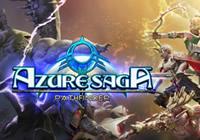
Azure Saga: Pathfinder adds a mixture of almost every single thing modern JRPGs have to offer, settings wise, into one experience. It has fantasy elements, sci-fi elements, party customisation, secret bonus specials, combo attacks, combo multipliers. It is a huge mishmash of everything people have come to expect in the modern take on the genre. In its quest for glory, has it taken too big of a bite to swallow? Read on as Cubed3 looks into the ambitious Azure Saga: Pathfinder.
Azure is a very beautiful planet with beautiful castles, deep forests, caves to explore and ancient ruins to feast the eyes upon. The varied landscape paints a wonderful picture of a living world with its own very deep conflicts on a huge macro level and with a very varied cast of characters to take on different roles in the world.
To accompany this world is a relatively fleshed-out combat system that leaves great room for strategic thinking when it comes to exactly every single movement. What could possibly go wrong with a premise such as this where almost every single thing on the surface seems wonderful? The problems for Azure Saga: Pathfinder start when looking to see the details.
Before starting to talk about the underlying issues first it's best to talk about all of the great positives it has, because they are many in number. As mentioned above, the game has an extremely lively world and has a story that is very easily approachable and exciting for both newcomers to the genre and veterans alike, with a varied cast of characters of whom almost anyone will find someone relatable to feel involvement with, but also some to truly despise for whatever reason. Most of the cast is well written skeletons and cores of great relatable characters.
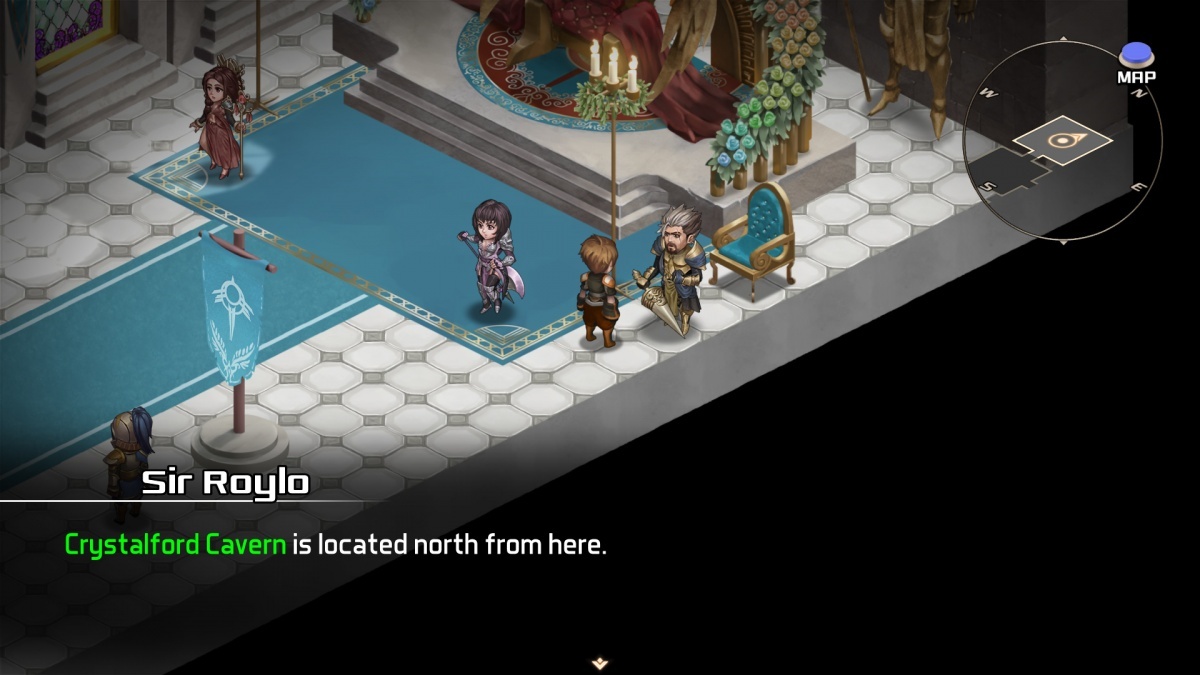
Another thing to give Azure Saga: Pathfinder huge credit for is how it always manages to make the plot feel ever-present by including very daring moves to keep the player feeling the consequences of what is happening in the world, such as the almost to a fault amount of time the party spends separated in one way or another. It is easier to count the times the whole party is present together than when they are all collected in the same place. The game is also not afraid to lock off earlier found zones for an extended period of time to further push the player to move forward and take action.
While these things can cause annoyance, overall it helps a lot with the immersion to the world and its characters as it makes the world feel more alive as your actions are given consequences. To accompany these heavy and powerful storytelling techniques there is also a well-designed combat system with huge focus on party composition where synergy between the characters is almost vital to progress while still keeping the core of the combat relatively simplistic underneath all the deep mechanics an avid player can min-max around with to their heart's content.
The huge cores are extremely well composed; it does, however, try to be too much and it is a very ambitious project for the team, which is highly visible in the finer details of the game. Just to mention a few things, it is possible to sell items that might be almost required to use later to tackle certain extreme endgame content, the game is ridden with grammatical and spelling errors to the point that trying to read it can become painful, and the dungeon and game design is sometimes just in general very counter-intuitive towards what a player would normally do and want to spend their time doing.
A great example of this is the many puzzles in the dungeons, the greatest offence being a forest maze. Without spoiling too much, the party has to get through a magical forest by guessing which way to go. The problem with the puzzle is that the clues related to where to go are scattered throughout said forest and most will have to make heavy guesswork to navigate around and the clues themselves are very vague. The clues are also put on stone tablets that the player has been taught almost never contain anything but information on how to use special attacks, which is something most are going to find out anyway by experimenting and, hence, the player might very well ignore them.
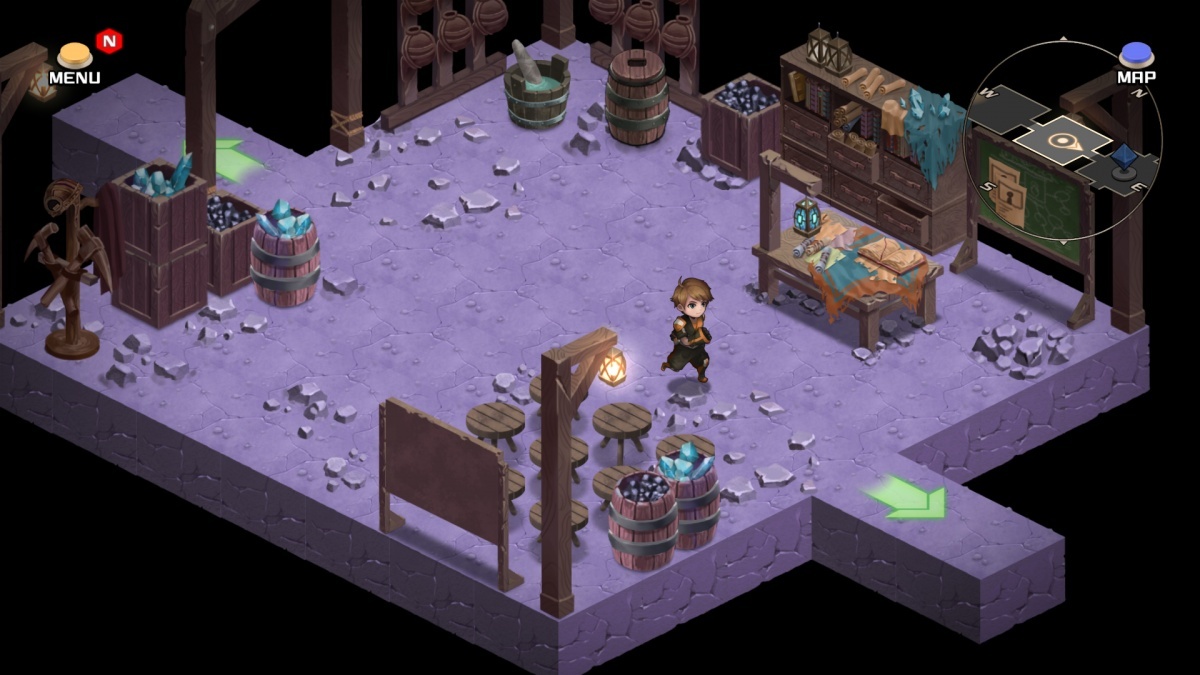
All of those noises, mixed with weird puzzle designs, make this not very extremely enjoyable; add in random encounters every twenty or so steps and a nightmare situation is released. This is just the most obnoxious example, and there are more examples of weird puzzles and parts of the game that simply just annoy the player as they involve unnecessary backtracking throughout dungeons filled with random encounters for no other reason than to press buttons to progress, for instance, padding the adventure with empty content.
While there is nothing wrong with puzzles in themselves, it is important that they show respect to the genre in question. In a JRPG with random encounters, a puzzle should never have the player travel around the dungeon more than necessary unlike in, for example, a dungeon crawler where the focus of the entertainment is to explore said dungeons, even if it leads to a dead end or two. These dead ends seem less cute in a JRPG than they do in a dungeon crawler, and this makes the dungeon design of Azure Saga: Pathfinder feel more painful than anything.
The story, while it has a great core, is also extremely flawed in how predictable it is due to too heavy a reliance on modern JRPG tropes about fantasy settings. If having played almost any modern JRPG, anyone will know exactly how almost every single plot twist will take form and what it will be. This leaves very little to be excited about in what is truly an exciting history if read without this heavy meta-knowledge that it opens up itself to by being too reliant on well-established genre tropes.
The colourful character gallery is not safe from its flaws, either. While every character starts off great and is a wonderful shell to build upon, with wonderfully likeable and unlikeable traits, not a single one develops in any significant manner, even when it makes sense for them to. The extremely xenophobic goody two shoes paladin, who is really a high ranked soldier - his entire persona is that of a paladin, and in the party he is completely unable to drop his hatred for a tribe of elf-like creatures, even after finding out some terrible secrets about what humanity has done against them that drives their attacks and raids on human camps, and is able to kind of swallow his pride after one spoiler heavy event, but he still despises and distrust them almost to the bitter end of the game even though there is completely no reason to, even praising the great wall the kingdom has built to lock everyone else out.
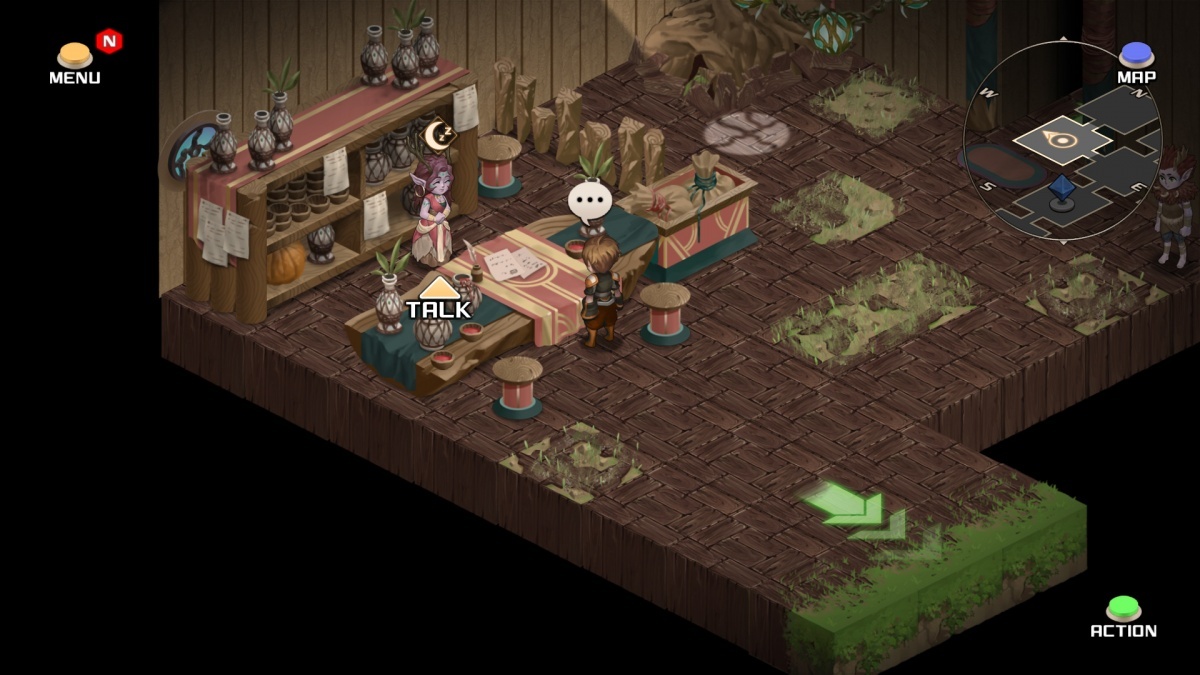
The same is also true for the good traits of characters that will never ever change, even if it would make sense from a character development view that they did. The paladin will do the right thing, no matter what, even if it goes against the laws of the country he serves. The idea is nice - to take the traits of a character and put them against one another - but it loses all its charm when knowing in advance what the characters will do and when there is minimal development coming out of it.
Sure, this personality is a great paladin personality at its core, but the events of the game should colour him, and the rest of the cast, way more than it does. It makes it so that the only characters that remain likeable and redeemed at the end of the story are the very same ones there were no reasons to despise and hate in the first place, and it is not only the paladin who suffers from this lack of development, even though he is the most obvious culprit as he is the one who had the most reasons to change his way, but every single character stays mostly the same throughout, or if any changes occur, they are too predictable and always to the "betterment" of the story.
While Azure Saga: Pathfinder on a macro scale is a very great experience, with great core components, forming a highly competent and solid title, save a couple of weird glitches such as a zone that makes the player for some weird reason stop being able to touch walls, it is impossible to ignore the massive amounts of minor flaws dragging this down. For everything it gets right, there are a couple smaller things it gets wrong, which makes it very frustrating. You want to like it, but every time it gives you a reason to, it also gives you another reason to dislike it.
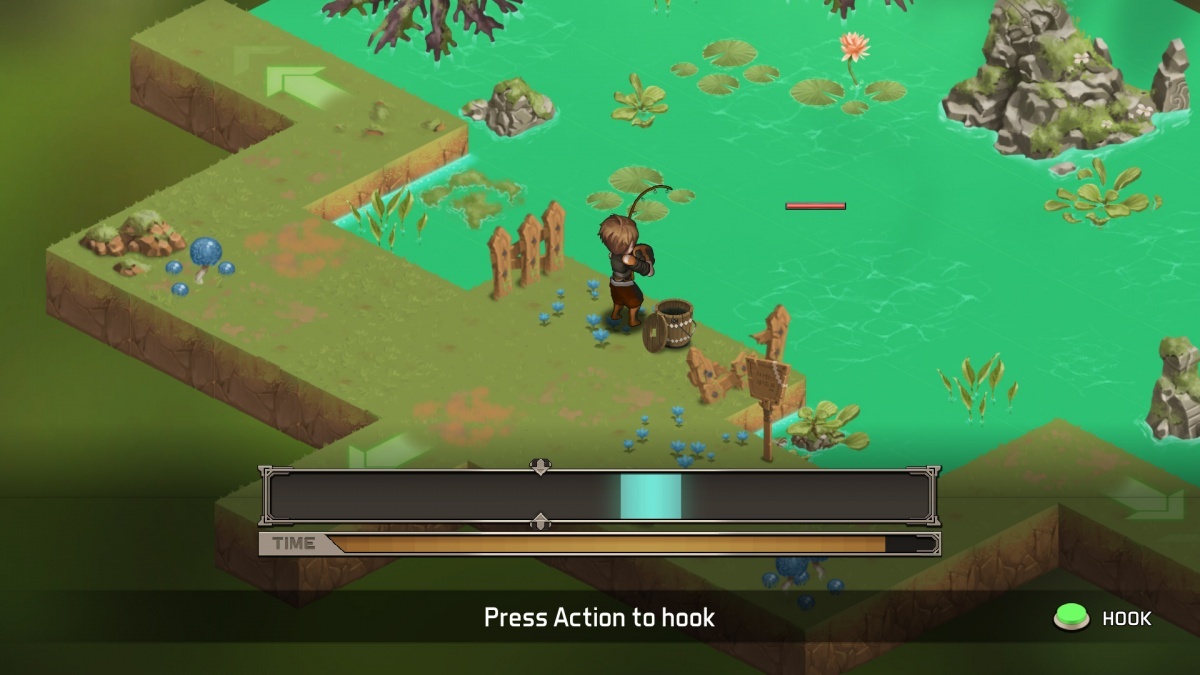
Cubed3 Rating
Good
Azure Saga: Pathfinder is easily recommendable to people who can stand flawed games as the core of the world and the combat system are very enjoyable and entertaining for the price-range and can actually in some aspects be seen as a textbook example of how to make a good JRPG. The many minor flaws within do quickly fill up the players metaphorical shoes with pebbles, though, which will make it very uncomfortable at times - for instance, an overly predictable story, and characters that never develop past their stupidity or goodness no matter what is thrown at them. This is a game that badly needs a polished sequel to fix the minor problems as the core is something worth continuing to work upon.

![]() 6/10
6/10
![]() 0
(0 Votes)
0
(0 Votes)
 Out now
Out now  Out now
Out now  Out now
Out now  Out now
Out now Comments
Comments are currently disabled

 Sign In
Sign In Game Details
Game Details Subscribe to this topic
Subscribe to this topic Features
Features






 Top
Top

